Photographer Jack Davison Brings Giant Japanese Monsters Back to Life
‘Kaiju,’ a cinematic genre in its own right, was the main inspiration for his series for the magazine ‘Modern Weekly China.’
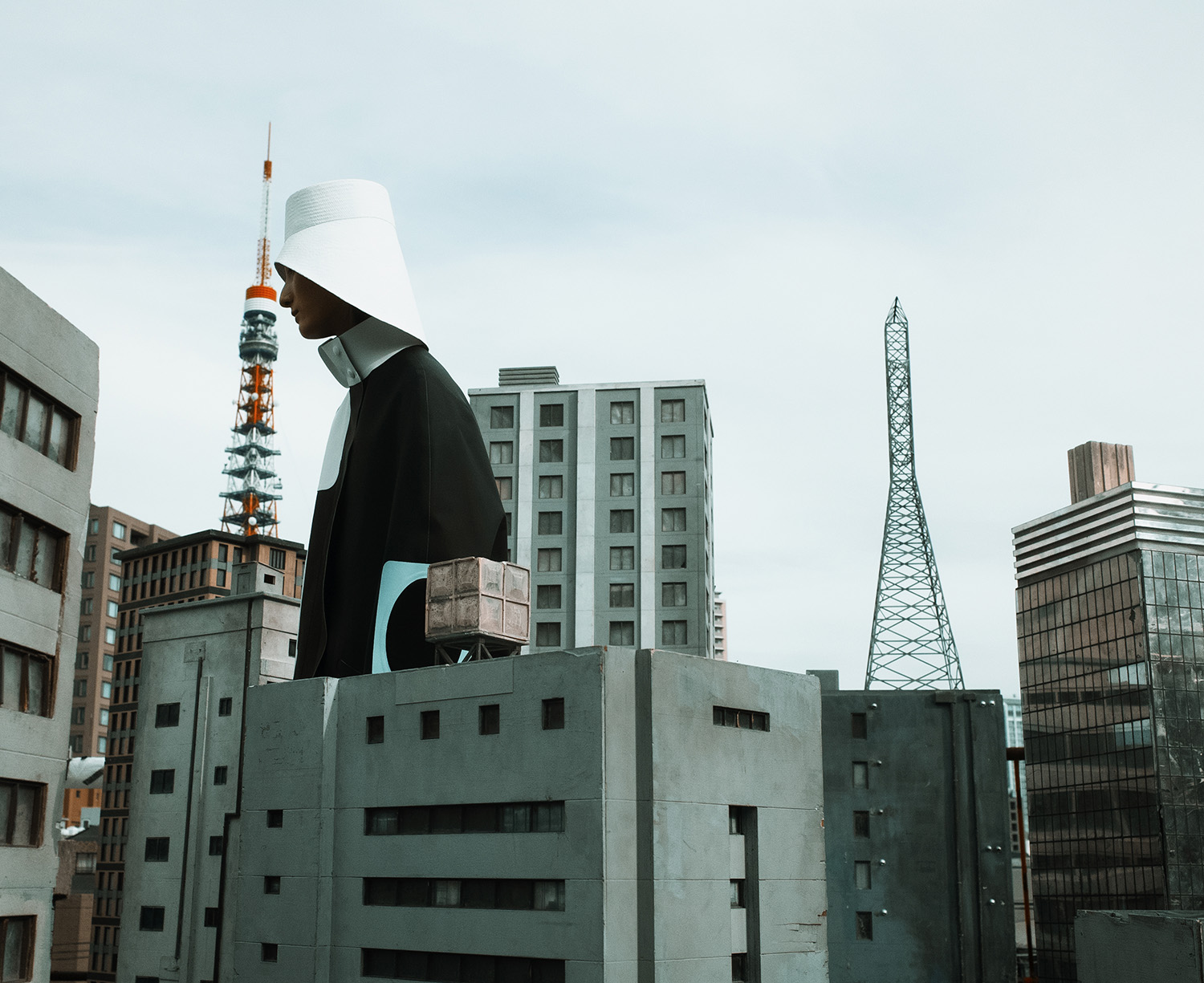
© Jack Andrew Davinson
Giant models kneeling between skyscrapers seemingly watching their prey; an oversized finger looking ready to reduce a passerby to dust; or a man wearing a hat and dressed in black and white, walking at the height of Tokyo Tower… All of these feature in Jack Davison’s photographs, developed mainly in black-and-white for a series in Modern Weekly China.
The young Englishman is a self-taught photographer and regularly collaborates with the fashion magazine. Here, he took inspiration from kaiju films – old Japanese films that feature gigantic monsters. ‘The story behind this shoot is the result of a long process. I was obsessed with behind-the-scenes images from the sets of kaiju films. I’ve collaborated several times with Modern Weekly China, working alongside my stylist friend Timothy Lim. I’d explained the idea to him four years previously, but back then we didn’t really know how to realise it,’ Jack Davison remembers.
Real kaiju film sets
It was during a trip to Tokyo to work on editorial projects that everything fell into place, the photographer explains. ‘Timothy Lim and I found out that lots of these sets were still intact. So we worked to place them in the urban landscape to create the illusion of miniature sets interspersed with massive skyscrapers.’ These photos defy all notions of scale, replaying a more glamorous version of famous scenes from these films in which giant monsters attack cities and their residents. No buildings or other urban details were added in post-production; all of the elements came from real sets.
‘It really made sense to realise this series in Japan and in Tokyo in particular, because that’s where lots of kaiju stories take place,’ Jack Davison concludes. He has also turned his photographic series into a short clip, in which the models move through one of the biggest cities in the world.
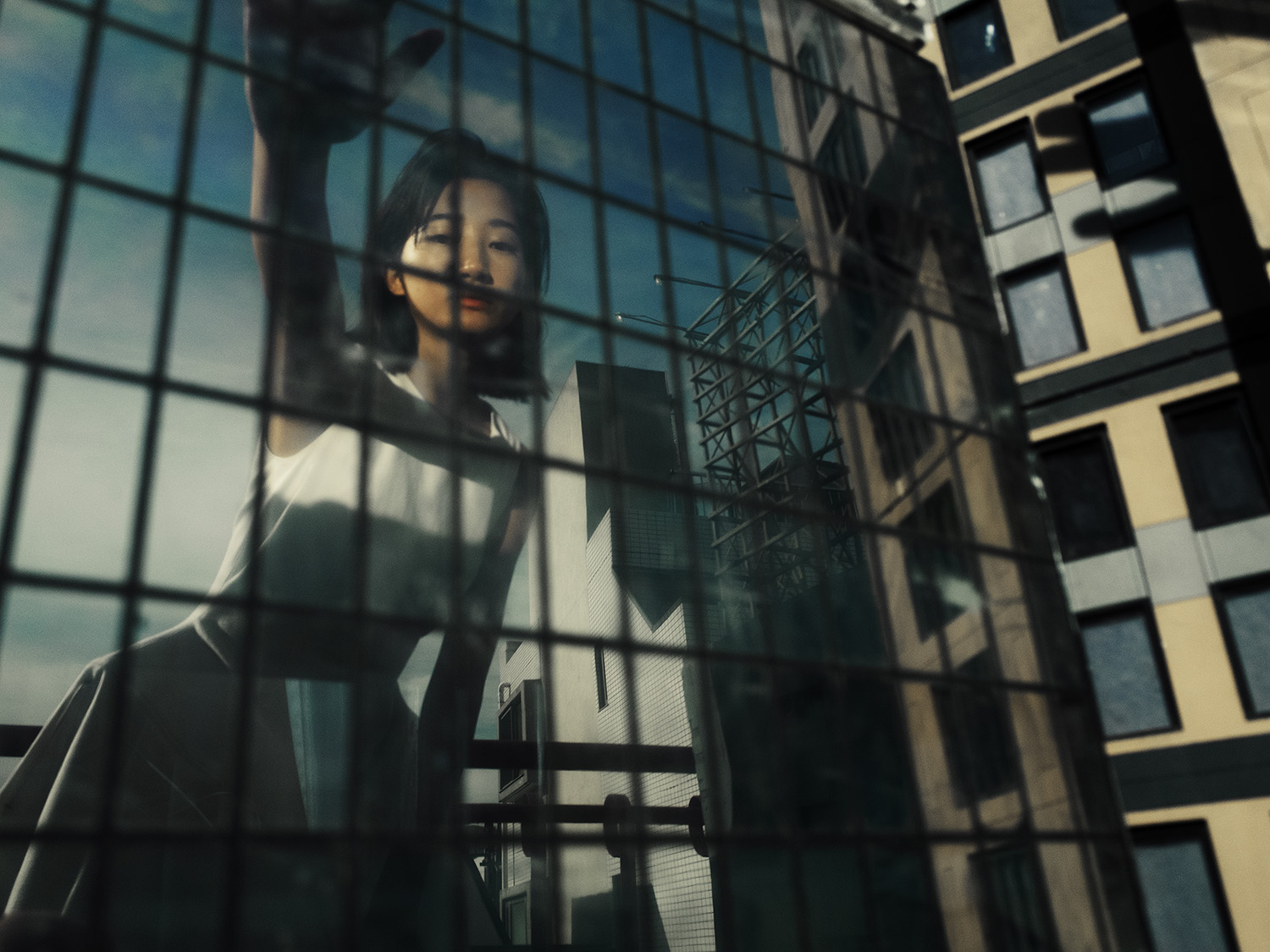
© Jack Andrew Davison
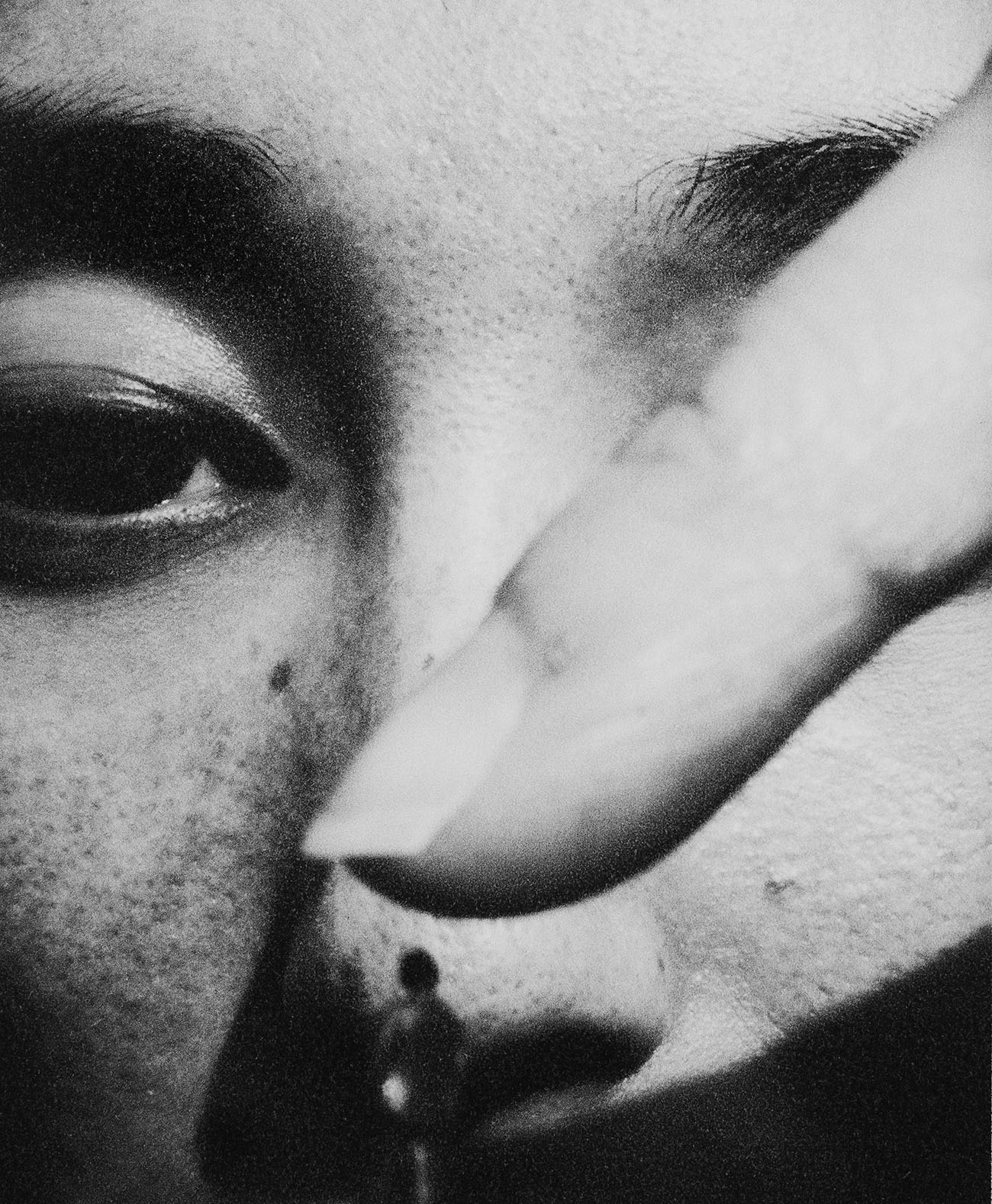
© Jack Andrew Davison
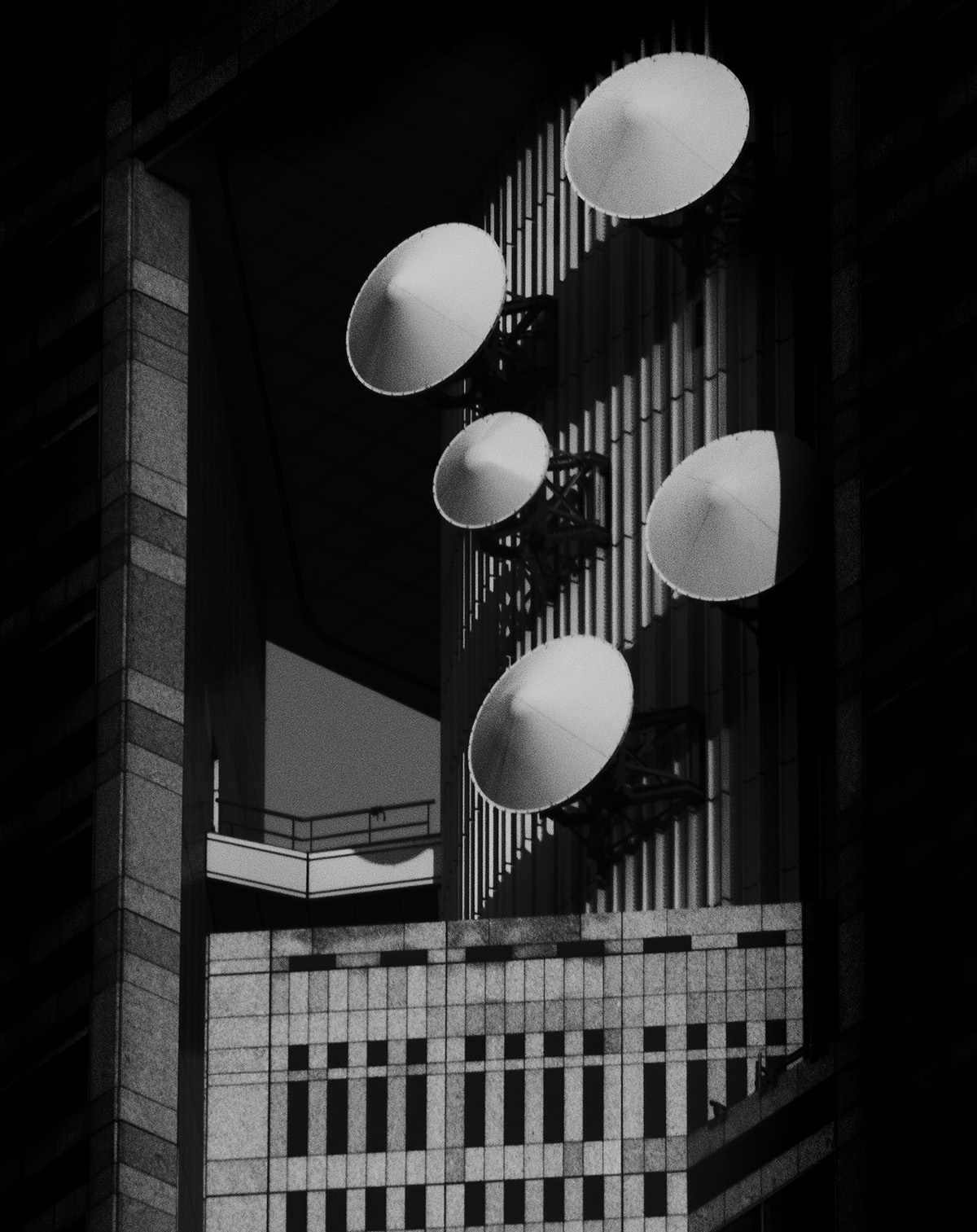
© Jack Andrew Davison
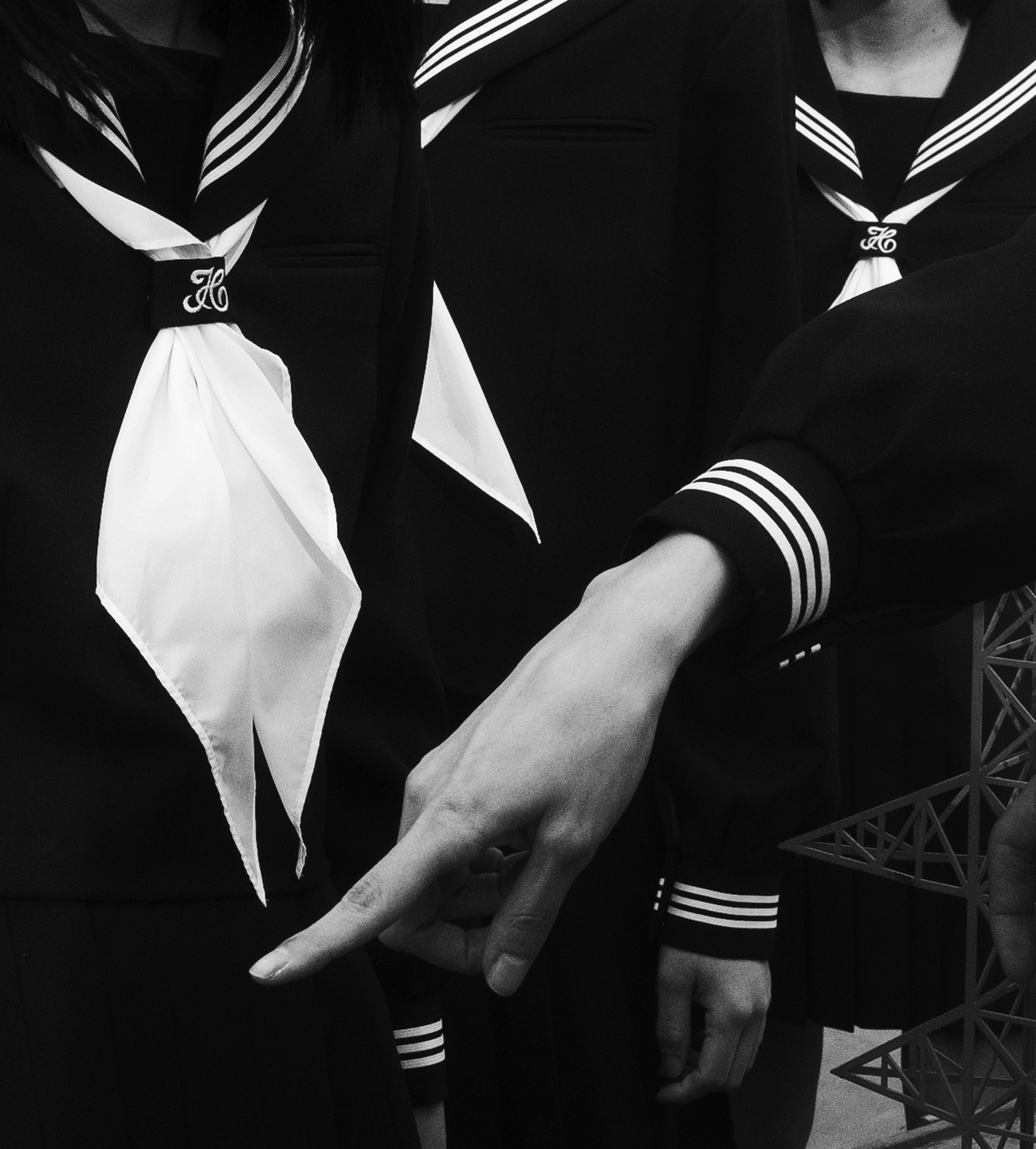
© Jack Andrew Davison
TRENDING
-
The Tattoos that Marked the Criminals of the Edo Period
Traditional tattoos were strong signifiers; murderers had head tattoos, while theft might result in an arm tattoo.

-
Chiharu Shiota, Red Threads of the Soul
Last year, more than 660,000 people visited the retrospective 'Chiharu Shiota: The Soul Trembles' exhibit at the Mori Art Museum.

-
‘Before Doubting Others, Doubt Yourself. Who Can Truly Say a Dish Isn’t What It Used to Be?’
In ‘A Non-Conformist’s Guide to Surviving Society’, author Satoshi Ogawa shares his strategies for navigating everyday life.

-
The Story of Sada Yacco, the Geisha who Bewitched Europe
Described by Dazed magazine as the first beauty influencer, she has been restored to her former glory since 2019.

-
Ito Jakuchu's Naturalist Paintings
From 15 September until 14 October 2018, the Petit Palais showcased the artist's iconic ‘Images of the Colourful Realm of Living Beings’.





